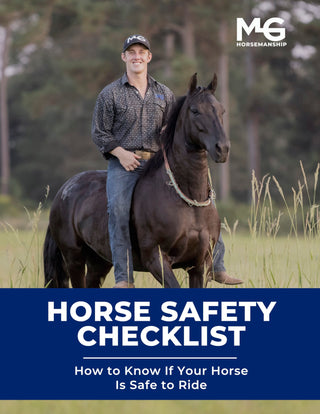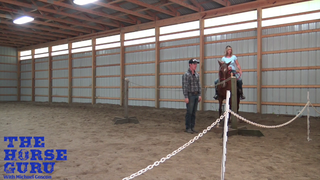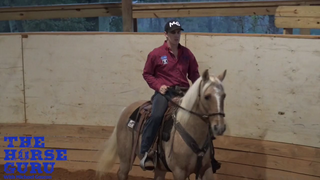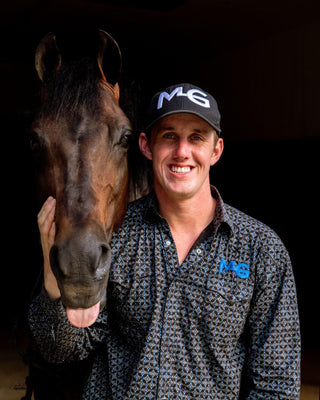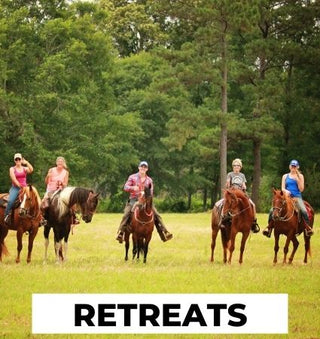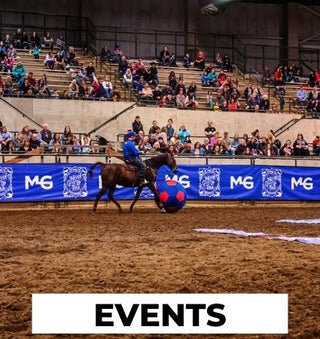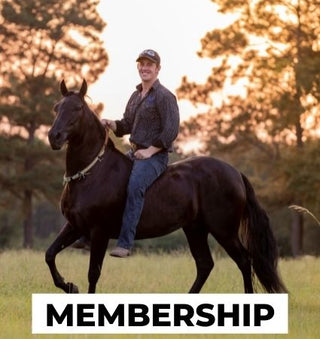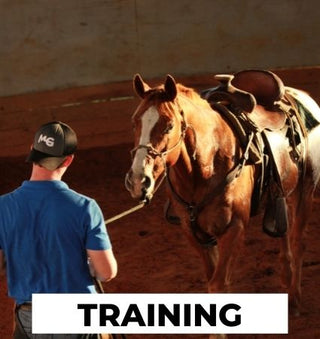Watch the Video Here or continue reading below!
Are you working on improving your gaited horse’s responsiveness and softness while moving? Learning to flex your horse in motion is a crucial step toward balance, control, and proper headset. In this guide, Michael Gascon—The Horse Guru—shares practical advice on the do’s and don’ts of flexing in motion, helping you avoid common mistakes and build a more connected horse under saddle.
Whether you're training a Tennessee Walking Horse, Paso Fino, Spotted Saddle Horse, or any other gaited breed, these tips apply directly to enhancing lateral flexion and communication in motion.
What Is Flexing in Motion?
Flexing in motion refers to asking your horse to bend and give at the poll laterally while walking, trotting, or gaiting. It’s a stepping stone to true softness in the bridle and a calm, collected gait.
The goal is to create a horse that can flex left and right without losing rhythm, balance, or forward motion.
Why Flexion Is Crucial for Gaited Horse Training
-
Improves headset and softness
-
Builds lateral flexibility and balance
-
Enhances bit communication and lightness
-
Helps relax hot or anxious horses
-
Prepares horses for collection and body control
Flexing in motion is essential for horses that rush, brace, or struggle with headset consistency.
✅ The Do’s of Flexing in Motion
1. Start with One Side at a Time
Michael advises riders to pick apart one side before switching to the other. It’s better to "whole-ass one thing than half-ass two things." By isolating the flexion, you’ll build clarity and softness without confusion.
2. Keep the Outside Rein Steady
Use a consistent outside rein, placed low near your knee, to anchor the horse. Then apply inside rein pressure to bring the nose toward the shoulder without pulling the whole body out of alignment.
3. Use Small Circles if Needed
If the horse resists, allow them to move in a tight circle while maintaining inside flexion. This keeps the movement fluid and prevents frustration.
4. Exhale When You Release
To calm hot horses, hold the flexion slightly longer, bring the chin closer to the shoulder, and then release slowly with an exhale. Don’t snatch the rein away—breathe out and give it back smoothly.
5. Build to Straight-Line Flexion
Once both sides are soft and relaxed, start asking for flexion across the center while moving straight. The ultimate test: Can your horse stay flexed without losing their gait rhythm?
❌ The Don’ts of Flexing in Motion
1. Don’t Flex Both Sides Right Away
Avoid trying to flex both directions too soon. Horses are naturally strongest in the center, and if you rush into crossing the midline, they'll brace or lift their head.
2. Don’t Expect Perfection Instantly
Your horse won’t flex perfectly in a straight line from day one. Be patient. Use repetition, release, and soft hands to shape the behavior.
3. Don’t Snatch or Drop the Rein
Releasing too abruptly can confuse or unbalance your horse. Always release calmly and purposefully.
How to Use Flexing to Calm a Hot Horse
Flexing in motion is especially useful when riding forward, sensitive, or hot horses. By flexing the head toward the shoulder and holding a moment longer before releasing, you can gently redirect excess energy without shutting down motion. This technique helps channel impulsion into softness, not tension.
Key Tip: The more consistently you apply pressure and release, the more responsive and relaxed your horse becomes.
Measuring Success: Control Without Disturbing Motion
The final goal of flexing in motion is to control the horse’s face without affecting footfall. Whether you're walking, trotting, or gaiting, your horse should be able to:
-
Keep rhythm
-
Maintain direction
-
Stay soft and responsive
-
Flex laterally on cue
Michael explains that once your horse can walk or trot with their head flexed and stay smooth in gait, you’ve hit a major milestone in advanced gaited horsemanship.
Conclusion: Flexing in Motion—Refining Communication Through Feel
Flexing in motion isn’t just about headset—it’s about teaching the horse to stay soft, focused, and responsive while moving forward. By mastering the do’s and don’ts, you’ll create a horse that listens to the slightest cue, stays balanced, and builds confidence with every ride.



